Foggy47
5 year old buck +
So I took a hard look at some martial ground that I had seeded into rye last year....thinking I would let it go to seed and mow it down to get a free rye crop for next year. Knowing (from a rag doll test) that my rye was viable....today was the day. None too soon....as these plots are LOADED with mares tail. Not much for viable seed in the mares tail yet....but some looks like its ripening. I should have gotten some seeds to check em. Anyway....seeing that SD likes to see flail mower pics.....figured I would take a few. I'm guessing that 10% of the rye seeds came loose of the seed head upon mowing. The rest should drop on their own or with some rain. Hoping to get past this mares tail ordeal before long. Ugh.
EDIT: Not sure how I can rotate all my pics 90 degrees? Any suggestions?
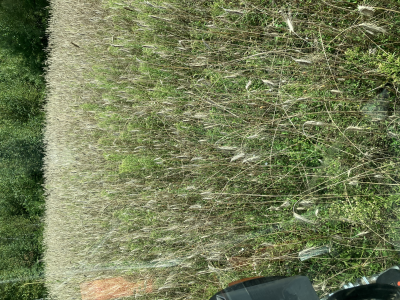
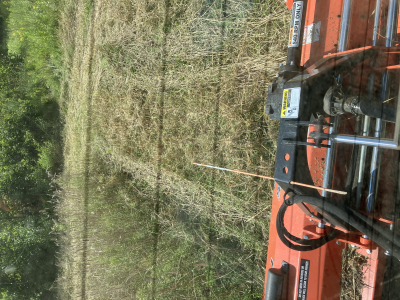
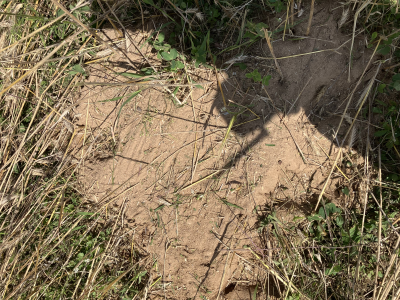
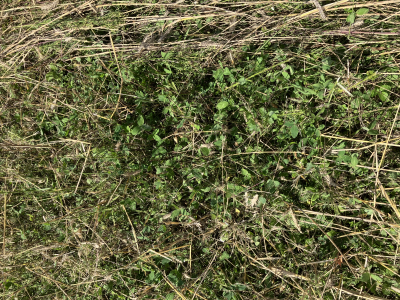
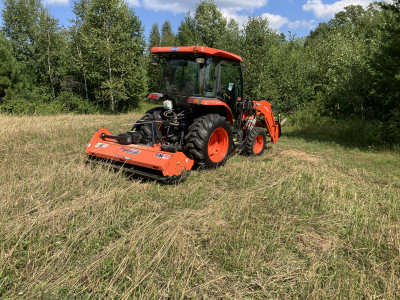
EDIT: Not sure how I can rotate all my pics 90 degrees? Any suggestions?








